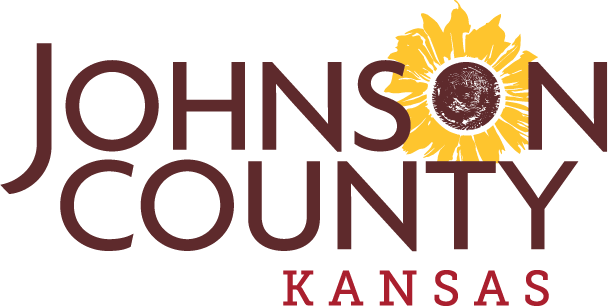Budget

Johnson County Government budgets annually to fund county services, capital improvements and maintenance, and more. The fiscal year budget is approved by the Board of County Commissioners each September and takes effect on Jan. 1 the following year.
Budget Basics
Your property tax dollars help fund the budget. The mill levy rate is the rate at which property is taxed (per thousand dollars of property value). Mill levy rate is separated by taxing districts, including the Johnson County, Johnson County Library, and Johnson County Park and Recreation District taxing districts.
Following efforts to develop the budget, the County Manager presents the proposed budget to the BOCC in May, detailing the mill levy rate, taxing districts, revenue and expenditures, and specific projects and services the budget funds.
Learn more about the budget for the upcoming year and get a better understanding of key budget concepts:
Budget Principles
Historically, the county has adhered to the following budget principles to maintain a solid financial condition:
- Fund ongoing operating expenditures with ongoing revenue sources
- Maintain a sufficient General Fund reserve for Triple AAA bond rating, unknown and unusual circumstances
- Estimate revenues using a conservative approach to avoid budget shortfalls during the fiscal year
These principles reflect the county's commitment to prudent financial management and the maintenance of existing credit ratings. Currently, the County's general obligation bonds are rated "AAA" by Standard and Poor's, "Aaa" by Moody's, and "AAA" by Fitch.
When rating the County's debt, Moody's Investors Service commented that:
"The highest quality Aaa rating reflects: Johnson County's sizable and wealthy tax base within the Kansas City metropolitan area, well managed finances characterized by revenue diversity and flexibility, financial operations to remain sound due to prudent financial management, modest debt levels with average principal retirement."

